Hua Qiang on the sword, explore the way to change the wearable device
As one of the most important branches of the Internet of Things industry, wearable devices have been well known by consumers, with wrist products (bracelets and watches) having the largest shipments. However, the problem of serious homogenization of wearable devices, inaccurate data collection, and low endurance has also been criticized. How to solve the dilemma of wearable devices has become the most concerned issue for related practitioners.
On the afternoon of January 16, the 2015 IoT Technology and Innovation Application Conference Wearable Devices Forum hosted by Electronic Enthusiasts was held in the release hall on the 7th floor of Building 2 of Huaqiang Group. From domestic and foreign well-known chip vendors, solution providers and test vendors. Get together to discuss the breakthrough of wearable devices.
Jingwei Yage: Domestic FPGAs help wearable innovation
Currently, in wearable devices, wrist-worn devices represented by watches and wristbands have the largest shipments, while wrist-worn wearable devices use the "MCU/AP+sensor + communication module" mode. Wang Haili, vice president of Jingwei Yage, said that the future of wearable devices will gradually increase, and the market puts higher demands on product differentiation design. At that time, wearable devices will rely on more powerful MCUs, APs and sensors. However, AP chip manufacturers cannot timely and flexibly meet the update of technical standards, and it is difficult to meet the increasing demand for the number and types of sensors in market applications.
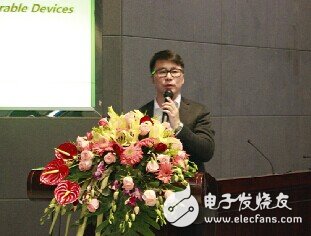
Wang Haili continues to add: "The reason why wearable device vendors do not use FPGAs is because FPGAs usually give people the impression of high power consumption and large size." Now due to the improvement of technology and technology, FPGAs have incurred in cost, power consumption and size. Great changes are enough to meet the technical challenges of the mobile side. In fact, in Samsung smartphones, there are precedents for applying low-power FPGAs, and even some professionals say that when FPGAs enter the wearable field, the spring of FPGAs will come.

So what are the advantages of low-power FPGAs in wearable devices? First, FPGAs can extend more interfaces. By using ultra-low-power FPGAs, multiple SPI interfaces can be converted into high-speed parallel interfaces to communicate with processors. Furthermore, FPGAs have outstanding advantages in communication between processors. When the system requires two SIM cards, two baseband processors are required for control. The ultra-low-power FPGA can easily communicate between the two processors. At the same time, the FPGA can be responsible for memory management, and the ultra-low-power FPGA can be used. Implement the functions of the eMMC controller and support x8 high-speed serial ports. In summary, existing MCUs/APs will form partnerships with low-power FPGAs.
Silicon Labs: Power consumption is the king of wearables
On the question of how to design a good wearable product, Peng Zhichang, senior marketing manager of Silicon Labs Asia Pacific microcontrollers, said: "First of all, wearable devices are first of all jewelry, it must be good-looking to be acceptable; second, there must be Good industrial design and human-computer interaction; third, there must be a unique solution to stand out; the last and most important point is low power consumption!"
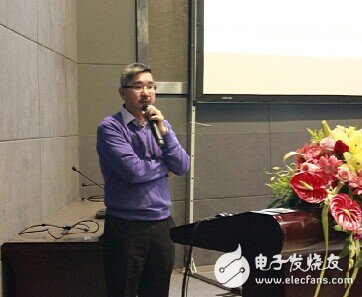
In wearable devices, the space reserved for the battery is actually very small, so it is necessary to focus on the minimization of energy consumption, which puts high demands on the choice of the wearable device. The MCU has an important influence on the battery life. The appropriate MCU should be selected according to the functional strength of the product. The sensor is the soul of the wearable product, and the wearable device is differentiated, but it must be low power consumption. For the communication scheme, Minimize RF communication to save energy and take advantage of duty cycle characteristics.
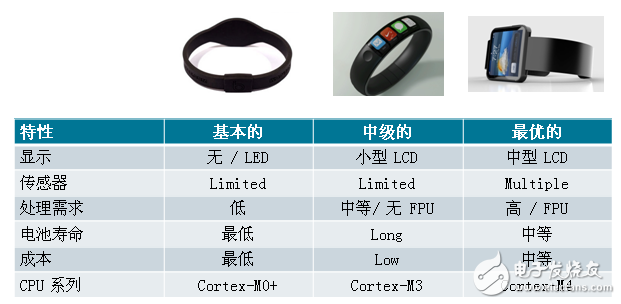
Choose the right core for wearable products
TI: New Hotspots for Wearable Device Power Management
For the average consumer, the usability of the wearable device is directly related to its user experience, but the most important factor affecting its usability is power consumption. Wenshi Hua, Marketing Manager of TI China, said that to improve the usability of wearable devices, you should start with a battery charger.

For how to design a high-quality wearable battery charger, Wen Sihua believes that the following points: 1, small size; 2, lower maximum charging current, customized for small-capacity batteries; 3, lower battery Leakage current; 4, high precision current and voltage control.
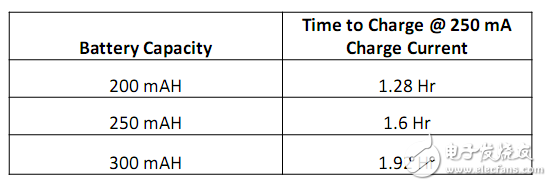
Click to join the group to download the conference speech PPT!
Scan the QR code and join the enthusiast group

Coupletech Co., Ltd. is professional manufacturer of Polarization Optics: PBS, NPBS and all kinds of polarizer and waveplate. Our Polarizing Optic products consist of Beam-splitting cuble, Polarizing Beam Splitter Cubes ( PBS ), Non-Polarizing Beamsplitter Cube ( NPBS ), Low order waveplate, Zero order waveplate, Dual wavelength waveplate, achromatic waveplate, Rochon Polarizer, Wollaston Polarizer, Glan Thompson Polarizer, Glan Laser Polarizer, Glan Taylor Polarizer, depolarizer, Brewster window, quartz, Polarization Rotator, optical isolator, and so on. Besides, we also supply optical coating, e.g. AR coating, HR coating, coating and wide range coating.
Coupletech is a long-term partner you can count on, especially polarizing optic. We focus on high quality, quick response, improving Ceaselessly, customer satisfying.
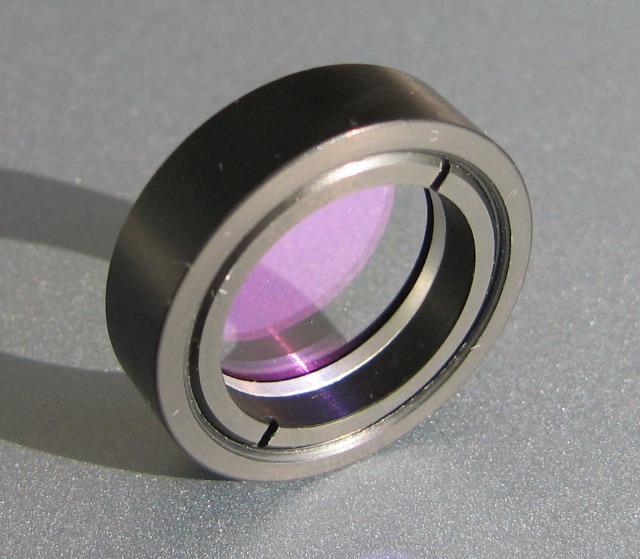
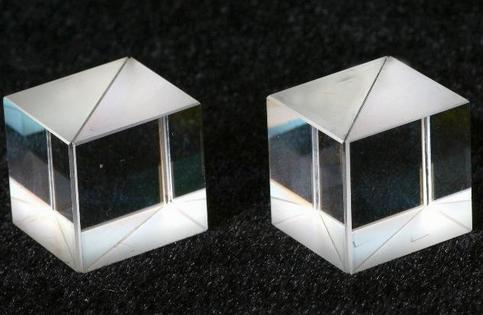
Polarizing Optic
Polarizing Optic,Polarization Rotator,Polarizing Filter,Circular Polarizer Filter
Coupletech Co., Ltd. , https://www.coupletech.com